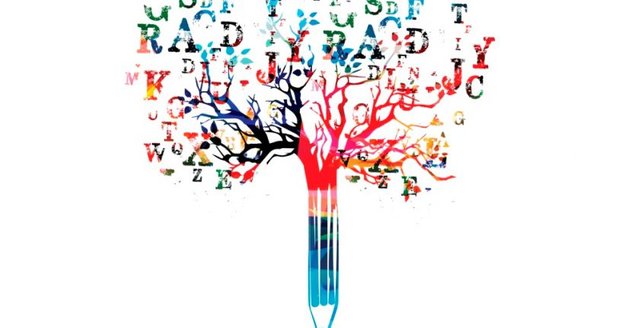Toolbox: Escritura creativa/creative writing 1 (lectura/reading)
( )
)
Escribir, más que inspiración, requiere práctica. El primer paso necesario para cualquier trabajo de escritura es borrar cualquier intensión de originalidad. La humanidad escribe desde hace más de 5000 años ¿Podemos decir algo que no se haya dicho? Posiblemente si, porque los tiempos cambian, pero lo principal no es el "qué" sino el "cómo". Es decir, escribir es una cuestión de técnica, de forma. Es por eso que, luego de deshacernos de toda pretensión romántica de originalidad, el siguiente paso es preguntarse. ¿Cómo funciona este texto?. Cada vez que leemos un libro que nos gusta, que nos produce algo, es por una razón: cómo está escrito. Velocidad, suspensión del tiempo, intriga y desorientación son, nada más y nada menos, efectos de la forma.
Primer ejercicio:
1- Tomar un libro que nos guste mucho.
2- Elegir un fragmento que nos haya resultado memorable.
3- Leerlo detalladamente en voz alta.
4- Analizar el uso de la puntuación, la adjetivación y el ritmo del texto.
5- Anotar, en un cuaderno o en el margen del libro, qué efectos sienten que está produciendo.
Segundo ejercicio:
1- Cortar muchos papeles pequeños y dividirlos en 3 grupos: personaje, lugar, situación.
3- Rellenar los papeles y depositarlos en 3 contenedores distintos.
4- Tomar uno de cada uno
5- Escribir un breve relato o un párrafo tratando de utilizar los recursos detectados en su libro favorito.
Esta es una actividad que puede repetirse cuantas veces sean necesarias y con los libros que deseen. De esta manera, los libros que leemos se transforman en "cajas de herramientas" para practicar nuestra escritura.
Writing, more than inspiration, requires practice. The first step necessary for any writing job is to erase any intension of originality. Humanity writes for more than 5000 years Can we say something that has not been said? Possibly yes, because times change, but the main thing is not the "what" but the "how". That is, writing is a matter of technique, of form. That is why, after getting rid of all romantic pretensions of originality, the next step is to ask oneself. How does this text work ?. Every time we read a book that we like, that produces something, it is for a reason: how it is written. Speed, suspension of time, intrigue and disorientation are, nothing more and nothing less, effects of the form.
First exercise:
1- Take a book that we like very much.
2- Choose a fragment that has been memorable.
3- Read it in detail in a loud voice.
4- Analyze the use of punctuation, adjectives and the rhythm of the text.
5- Write down, in a notebook or in the margin of the book, what effects they feel it is producing.
Second exercise:
1- Cut many small roles and divide them into 3 groups: character, place, situation.
3- Fill the papers and deposit them in the![Creative-Writing-for-Beginners-Part-2-840x430.jpg] 3 different containers.
4- Take one of each
5- Write a short story or a paragraph trying to use the resources detected in your favorite book.
This is an activity that can be repeated as many times as necessary and with the books you want. In this way, the books we read become "tool boxes" to practice our writing.